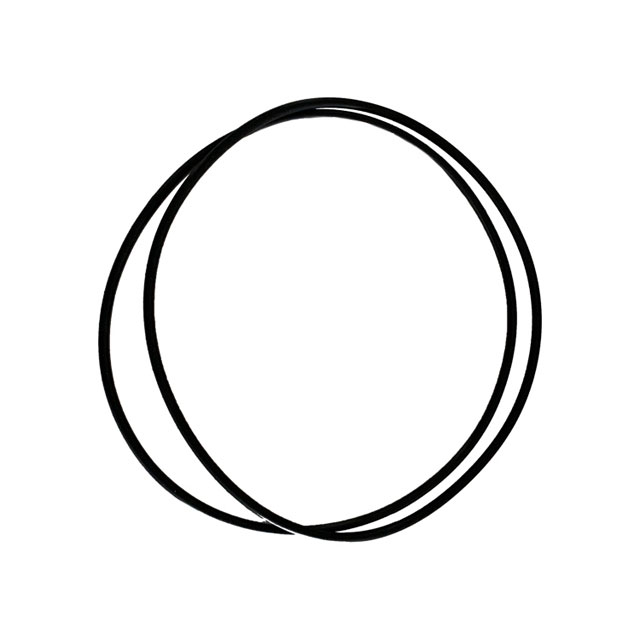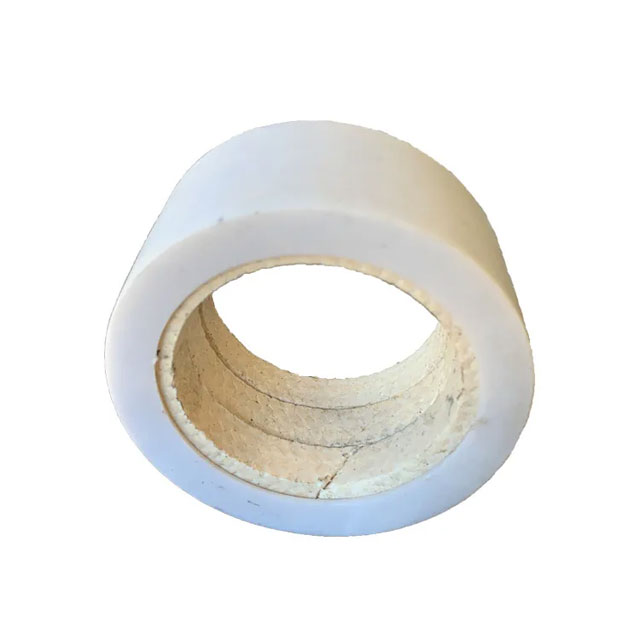WhatsApp: 86-13735815206 / 86-17392256505
WeChat: 86-13735815206 / 86-17392256505
Phone: 86-29-88680837
Mail: sales@hlsolidscontrol.com
Add: Room 804, Building 1, Western Cloud Valley Phase II, Fengxi New Town, Xixian New District, Shaanxi Province
WeChat: 86-13735815206 / 86-17392256505
Phone: 86-29-88680837
Mail: sales@hlsolidscontrol.com
Add: Room 804, Building 1, Western Cloud Valley Phase II, Fengxi New Town, Xixian New District, Shaanxi Province
Common fault diagnosis of drilling fluid centrifuge
Time: 2024-06-05 Source: Solids Control Equipment Author: Mrek
Drilling fluid centrifuge, also known as Decanter Centrifuge, is the final treatment equipment in the solid control system. It is mainly used to remove fine particles in the mud. It is an indispensable common equipment in field drilling and mud treatment systems.
Drilling fluid centrifuges are often used in the harsh environment of high temperature and high pressure in oil fields. If they are not used and maintained scientifically, they are prone to failure. Learning scientific diagnosis and treatment is crucial to improving the working efficiency of centrifuges and reducing the safety hazards of centrifuges.
Causes and treatment methods of centrifuge blockage
Centrifuge blockage means that the drilling fluid centrifuge does not discharge slag for a long time, or the discharged clear liquid gradually becomes turbid and the color becomes darker, and the discharge torque gradually increases and remains high with the increase of drum current and the significant decrease of drum speed. These all indicate that the centrifuge may be internally blocked.
When the centrifuge is blocked, the feed of the centrifuge must be cut off immediately. In most cases, the centrifuge can remove the blockage by itself by pushing the material with the spiral. If it cannot remove the blockage by itself, we should immediately reduce the speed of the drum or turn off the drum drive motor, but be careful not to turn off the spiral motor. After the centrifuge drum is decelerated, the blocked solid slag may gradually loosen and may be discharged out of the machine by the spiral.
For the centrifuge that is indeed blocked, after the drum stops rotating completely, we should still inject water into the machine and do everything possible to restore the operation of the spiral. As long as the spiral can rotate, the centrifuge is not really blocked, and we may still be able to restore it to normal. Under normal circumstances, adding water to the machine and resuming the operation of the spiral are the preferred methods for removing the blockage of the centrifuge.
Causes and treatment methods of abnormal vibration of centrifuge
Drilling fluid centrifuge vibration is divided into chronic vibration and sudden vibration. Chronic vibration mostly indicates that the centrifuge has worn, external parts have worn or fallen off, and the bearing system has gradually been damaged.
Sudden vibration often indicates that the internal material of the centrifuge is blocked, and the internal parts have been seriously damaged and fallen off. In most cases, we should first check whether the slag discharge system has failed, causing the solid slag to accumulate and rise, whether the clear liquid pipeline is blocked, causing the liquid to spread in the opposite direction to the centrifuge drum, etc.
Causes and treatment methods of high bearing temperature in centrifuge
When the bearing temperature is too high, we must first check whether the amount of grease added to the bearing is too large. Is there excessive vibration in the centrifuge, and whether there is abnormal noise when the bearing is running. At the same time, we must observe the color of the waste grease of the bearing. The normal waste grease color should be light gray (using Flottweg standard grease). If the color of the waste grease of the bearing is black, rusty yellow or other abnormal colors, it means that the bearing may be damaged and the bearing should be replaced in advance.
Regarding the problem of noise in the bearing area, we must pay special attention to distinguishing a normal "oil-blocking layer ring" sharp noise. It is a grease-lubricated friction part inside the bearing seat. When the centrifuge is operating normally, it will make a specific sharp sound, which is characterized by occasional noise. After performing the grease action 1 to 2 times, this noise will temporarily disappear and will sound again later.
HL Petroleum is a professional drilling centrifuge and solids control equipment manufacturer in China. If you have any questions or needs about centrifuge, please feel free to contact us. We will serve you sincerely.
Drilling fluid centrifuges are often used in the harsh environment of high temperature and high pressure in oil fields. If they are not used and maintained scientifically, they are prone to failure. Learning scientific diagnosis and treatment is crucial to improving the working efficiency of centrifuges and reducing the safety hazards of centrifuges.
Causes and treatment methods of centrifuge blockage
Centrifuge blockage means that the drilling fluid centrifuge does not discharge slag for a long time, or the discharged clear liquid gradually becomes turbid and the color becomes darker, and the discharge torque gradually increases and remains high with the increase of drum current and the significant decrease of drum speed. These all indicate that the centrifuge may be internally blocked.
When the centrifuge is blocked, the feed of the centrifuge must be cut off immediately. In most cases, the centrifuge can remove the blockage by itself by pushing the material with the spiral. If it cannot remove the blockage by itself, we should immediately reduce the speed of the drum or turn off the drum drive motor, but be careful not to turn off the spiral motor. After the centrifuge drum is decelerated, the blocked solid slag may gradually loosen and may be discharged out of the machine by the spiral.
For the centrifuge that is indeed blocked, after the drum stops rotating completely, we should still inject water into the machine and do everything possible to restore the operation of the spiral. As long as the spiral can rotate, the centrifuge is not really blocked, and we may still be able to restore it to normal. Under normal circumstances, adding water to the machine and resuming the operation of the spiral are the preferred methods for removing the blockage of the centrifuge.
Causes and treatment methods of abnormal vibration of centrifuge
Drilling fluid centrifuge vibration is divided into chronic vibration and sudden vibration. Chronic vibration mostly indicates that the centrifuge has worn, external parts have worn or fallen off, and the bearing system has gradually been damaged.
Sudden vibration often indicates that the internal material of the centrifuge is blocked, and the internal parts have been seriously damaged and fallen off. In most cases, we should first check whether the slag discharge system has failed, causing the solid slag to accumulate and rise, whether the clear liquid pipeline is blocked, causing the liquid to spread in the opposite direction to the centrifuge drum, etc.
Causes and treatment methods of high bearing temperature in centrifuge
When the bearing temperature is too high, we must first check whether the amount of grease added to the bearing is too large. Is there excessive vibration in the centrifuge, and whether there is abnormal noise when the bearing is running. At the same time, we must observe the color of the waste grease of the bearing. The normal waste grease color should be light gray (using Flottweg standard grease). If the color of the waste grease of the bearing is black, rusty yellow or other abnormal colors, it means that the bearing may be damaged and the bearing should be replaced in advance.
Regarding the problem of noise in the bearing area, we must pay special attention to distinguishing a normal "oil-blocking layer ring" sharp noise. It is a grease-lubricated friction part inside the bearing seat. When the centrifuge is operating normally, it will make a specific sharp sound, which is characterized by occasional noise. After performing the grease action 1 to 2 times, this noise will temporarily disappear and will sound again later.
HL Petroleum is a professional drilling centrifuge and solids control equipment manufacturer in China. If you have any questions or needs about centrifuge, please feel free to contact us. We will serve you sincerely.



